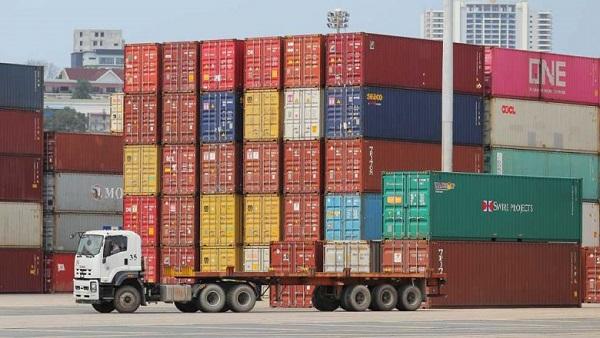Indonesia planning increased rice order
Indonesia planning increased rice order
Indonesia plans to increase import of rice to 250,000 tonnes a year from Cambodia to preserve its food security, and in turn support the Kingdom’s food security infrastructure by supplying fertiliser and providing training to agriculture workers.
In August this year, the ASEAN’s largest economy initially pledged to import 125,000 tonnes of rice with the renewal of a 2012 memorandum of understanding (MoU), where both parties agreed to trade rice for the next four years. The latest decision shows that Indonesia is raising its rice import quota from Cambodia.
President Joko “Jokowi” Widodo made this announcement during a meeting with Prime Minister Hun Manet at Merdeka Palace in Jakarta on September 4, ahead of the ASEAN Summit, according to Indonesian publication Jakarta Globe.
The publication wrote that Jokowi expressed his appreciation to Cambodia for welcoming the rice procurement cooperation plan and its support for its chairmanship of ASEAN this year, while congratulating Manet on his inauguration as Cambodia’s Prime Minister.
Meanwhile, Penn Sovicheat, secretary of state for the Ministry of Commerce, confirmed that his ministry and the Indonesian counterpart have agreed to renew the MoU on annual milled rice with increase imports of rice to 250,000 tonnes from Cambodia for the next four years.
He said Indonesia has stated that it wants 100,000 tonnes of white rice and 150,000 tonnes of fragrant rice.
“The white rice [shipment] would be implemented by Indonesia’s state logistics agency Bulog and our state-owned Green Trade Co while fragrant rice shipments would be handled by Indonesia’s ID Food and our own Cambodia Rice Federation,” he said.
Sovicheat told the Post that parties on both sides are expected to discuss further on other requirements as well as pricing soon.
On July 20, the Indian government announced an export cessation of non-basmati white rice in a bid to lower the domestic rice price as well as to ensure food security.
Song Saran, CEO of Amru Rice (Cambodia), told The Post late August that since the export ban, countries that imported rice from India have been buying more white rice from other countries, including Cambodia, resulting in white rice prices rising 30 to 40 per cent.
He said climate change has severely affected rice yields, prompting India to focus on domestic supply rather than export, which caused many countries to stockpile their rice supply immediately.
“India is one of the largest exporters of rice, so when they announced a suspension of white rice [export], it pushed up the price of white rice to around the price of our fragrant rice.
“Of course, it has given our country the opportunity to export more while also providing a good value for our rice farmers,” he said.
From January to June, the CRF said 329,633 tonnes of milled rice worth $229.2 million were shipped to 52 countries and territories via 50 exporters. The total has so far met 47.09 per cent of the 700,000-tonne target for 2023.
The milled rice breakdown showed that fragrant rice represented the lion’s share at 85.1 per cent, followed by long grain white rice (11.3 per cent), parboiled rice (2.4 per cent), organic rice (1.02 per cent) and short grain white rice (0.14 per cent).
At the same time, Cambodia exported 2.2 million tonnes of paddy rice for a total of $578.7 million, exclusively to neighbouring countries where 55 per cent of the produce possessed “appropriate”















